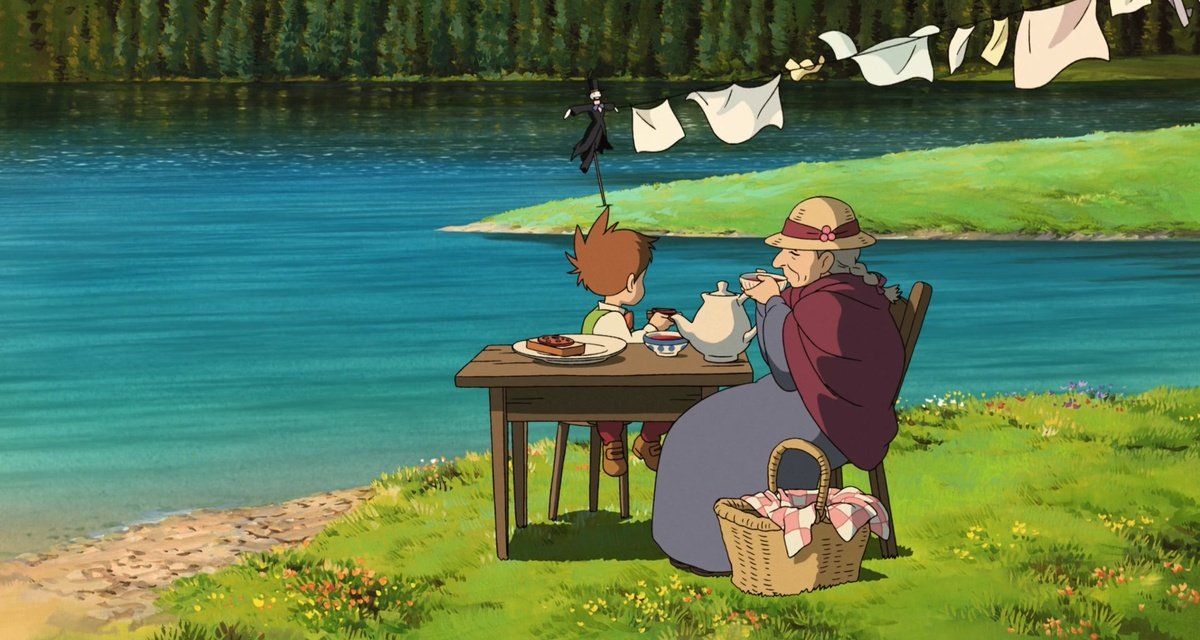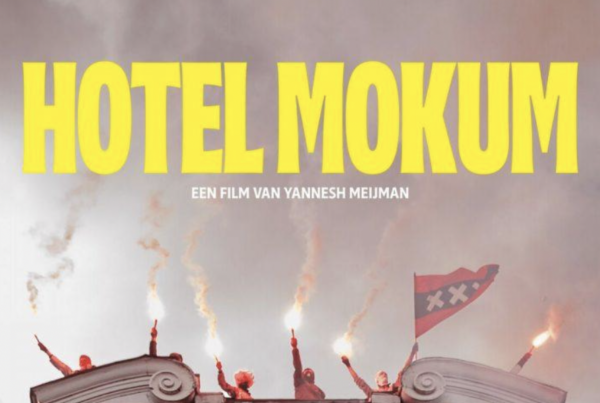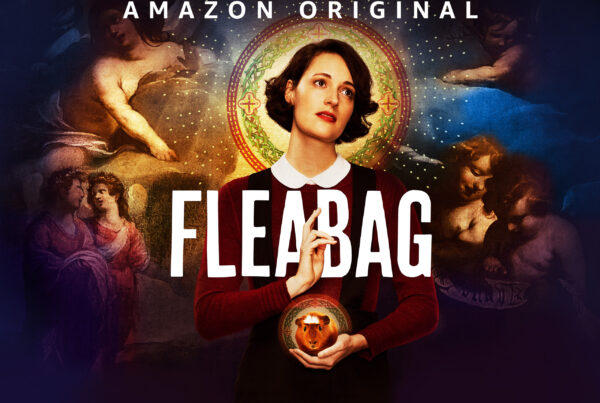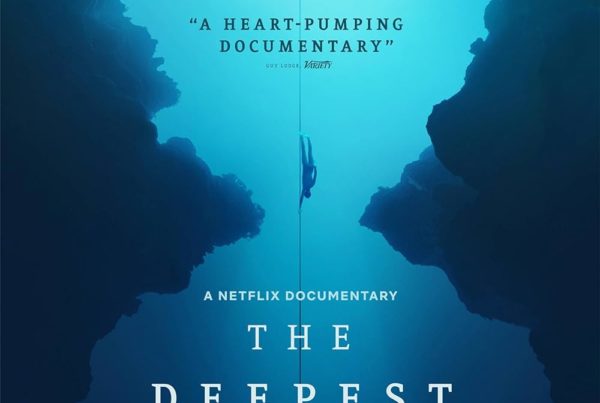

If we find ourselves together after a long day, and you ask me for a movie to decompress, there is no doubt, my first and strongest recommendation would be one of the Ghibli movies. In one way or another, no one is a stranger to the Japanese animation studio, Studio Ghibli. Whether we remember them as the creator of the most beautifully acclaimed anime movies, the calming colors and masterfully drawn animation frames that we save on our devices, or the soothing, nostalgic music we put on as we study, Studio Ghibli has touched the lives of many.
The story of Ghibli movies have wide and varying themes – from spirituality and love of nature, to more mature themes such as war, and death. Very often, the protagonists that drive these stories are relatable, young, and often female. Having watched these movies with my older sister who loves art, the characters are often accompanied with a heavy feeling of nostalgia. As my sister sees herself in the characters, I see her in the ruins of Laputa, or making deliveries across town like Kiki. And like how a younger brother would see his older sister, Ghibli Movies have become a sort of role model for me.
There are many beautiful animation set pieces and action scenes in movies nowadays. But if I could select a few memorable moments from Ghibli movies, they would be the slower, calmer scenes, such as the culinary scenes – cooking or eating in silence, where although the themes still grow, and the tension is still in the background, the story sort of pauses, and a moment is allowed for contemplation. In storytelling terms, this is called a “pinch” – a moment of rest between rising sequences. Hayao Miyazaki calls this Ma 間 – emptiness (Insider, 2020). It is similar to the time between a clap. If there is non-stop action, it would just be noise. The kanji for Ma ( 間 ) is the union of two other kanji: gate (門 • もん) and sun (日 • ひ). With the union of the two characters, Ma ( 間 ) can be understood as an open door – a gap – from which the sunlight can be seen, an absence that allows something to manifest through it (Matsumoto, 2021). This intentional emptiness allows viewers the space to breathe, and immerse themselves in the animation and the moment. It also allows the audience to take in the importance of the characters and the themes.
We can also apply this in our daily lives. In Howl’s Moving Castle, Sophie, a little girl, turned by a witch into an elderly woman, and thrown into an unfamiliar world torn by war, walks through horrors with confidence and care for the people she has met. She cleans, cracks eggs into a skillet warmed by the fire demon Calcifer, and enjoys a calming picnic with the child-wizard Markl. In a world now characterized by eco-anxiety, and the looming expansion of nearby war, we are reminded that there is plenty of needed silence.
It is in these moments of silence that the relationships of characters shine the most. In an unfolding environmental disaster in Ponyo, and the fate of the town and Sosuke’s father unknown, Lisa, Sosuke’s mom, shields him with love and reassurance. In My Neighbour Totoro, the seriousness of the characters’ mother’s medical condition is implied, but the main character Satsuki and her dad do their best to preserve the younger Mei’s innocence and optimism. In between chaos and the landscape of war, Howl’s Moving Castle stops by an idyllic lake. Sophie and Markl take the time to set up a little picnic, admire the scenery, and ponder upon the idea of peace. While these small moments between big problems offer no direct escape, the kindness shown by the characters offers possibilities for moving ahead. Their care for the world and for each other has created a kind of castle, from which they can move forward. Time to care for nature, time to care for the people around us. In a world with problems too big, we can make time for the little things.
In a review of Grave of the Fireflies for Japanamerica, Roland Kelts wrote, “Hollywood will have you believe that heroes are needed when times are tough. Isao Takahata shows us the humble opposite, that when times are tough what you need most is humility, patience and self-restraint. That’s how one survives.” (Polygon, 2020).
I still come back to this, after a long day, or during a study break. I’ll put on a little scene from a Ghibli movie, and for a while, I’ll think everything is not so bad. We can get out of this, and still remain kind to one another. So, when you too have had a long day, and the problems seem too big, maybe all we need are 5 minutes of Ghibli.
Directed by: Hayao Miyazaki
You can find many films from Studio Ghibli on streaming services such as Netflix and Apple TV.

If we find ourselves together after a long day, and you ask me for a movie to decompress, there is no doubt, my first and strongest recommendation would be one of the Ghibli movies. In one way or another, no one is a stranger to the Japanese animation studio, Studio Ghibli. Whether we remember them as the creator of the most beautifully acclaimed anime movies, the calming colors and masterfully drawn animation frames that we save on our devices, or the soothing, nostalgic music we put on as we study, Studio Ghibli has touched the lives of many.
The story of Ghibli movies have wide and varying themes – from spirituality and love of nature, to more mature themes such as war, and death. Very often, the protagonists that drive these stories are relatable, young, and often female. Having watched these movies with my older sister who loves art, the characters are often accompanied with a heavy feeling of nostalgia. As my sister sees herself in the characters, I see her in the ruins of Laputa, or making deliveries across town like Kiki. And like how a younger brother would see his older sister, Ghibli Movies have become a sort of role model for me.
There are many beautiful animation set pieces and action scenes in movies nowadays. But if I could select a few memorable moments from Ghibli movies, they would be the slower, calmer scenes, such as the culinary scenes – cooking or eating in silence, where although the themes still grow, and the tension is still in the background, the story sort of pauses, and a moment is allowed for contemplation. In storytelling terms, this is called a “pinch” – a moment of rest between rising sequences. Hayao Miyazaki calls this Ma 間 – emptiness (Insider, 2020). It is similar to the time between a clap. If there is non-stop action, it would just be noise. The kanji for Ma ( 間 ) is the union of two other kanji: gate (門 • もん) and sun (日 • ひ). With the union of the two characters, Ma ( 間 ) can be understood as an open door – a gap – from which the sunlight can be seen, an absence that allows something to manifest through it (Matsumoto, 2021). This intentional emptiness allows viewers the space to breathe, and immerse themselves in the animation and the moment. It also allows the audience to take in the importance of the characters and the themes.
We can also apply this in our daily lives. In Howl’s Moving Castle, Sophie, a little girl, turned by a witch into an elderly woman, and thrown into an unfamiliar world torn by war, walks through horrors with confidence and care for the people she has met. She cleans, cracks eggs into a skillet warmed by the fire demon Calcifer, and enjoys a calming picnic with the child-wizard Markl. In a world now characterized by eco-anxiety, and the looming expansion of nearby war, we are reminded that there is plenty of needed silence.
It is in these moments of silence that the relationships of characters shine the most. In an unfolding environmental disaster in Ponyo, and the fate of the town and Sosuke’s father unknown, Lisa, Sosuke’s mom, shields him with love and reassurance. In My Neighbour Totoro, the seriousness of the characters’ mother’s medical condition is implied, but the main character Satsuki and her dad do their best to preserve the younger Mei’s innocence and optimism. In between chaos and the landscape of war, Howl’s Moving Castle stops by an idyllic lake. Sophie and Markl take the time to set up a little picnic, admire the scenery, and ponder upon the idea of peace. While these small moments between big problems offer no direct escape, the kindness shown by the characters offers possibilities for moving ahead. Their care for the world and for each other has created a kind of castle, from which they can move forward. Time to care for nature, time to care for the people around us. In a world with problems too big, we can make time for the little things.
In a review of Grave of the Fireflies for Japanamerica, Roland Kelts wrote, “Hollywood will have you believe that heroes are needed when times are tough. Isao Takahata shows us the humble opposite, that when times are tough what you need most is humility, patience and self-restraint. That’s how one survives.” (Polygon, 2020).
I still come back to this, after a long day, or during a study break. I’ll put on a little scene from a Ghibli movie, and for a while, I’ll think everything is not so bad. We can get out of this, and still remain kind to one another. So, when you too have had a long day, and the problems seem too big, maybe all we need are 5 minutes of Ghibli.
Directed by: Hayao Miyazaki
You can find many films from Studio Ghibli on streaming services such as Netflix and Apple TV.



